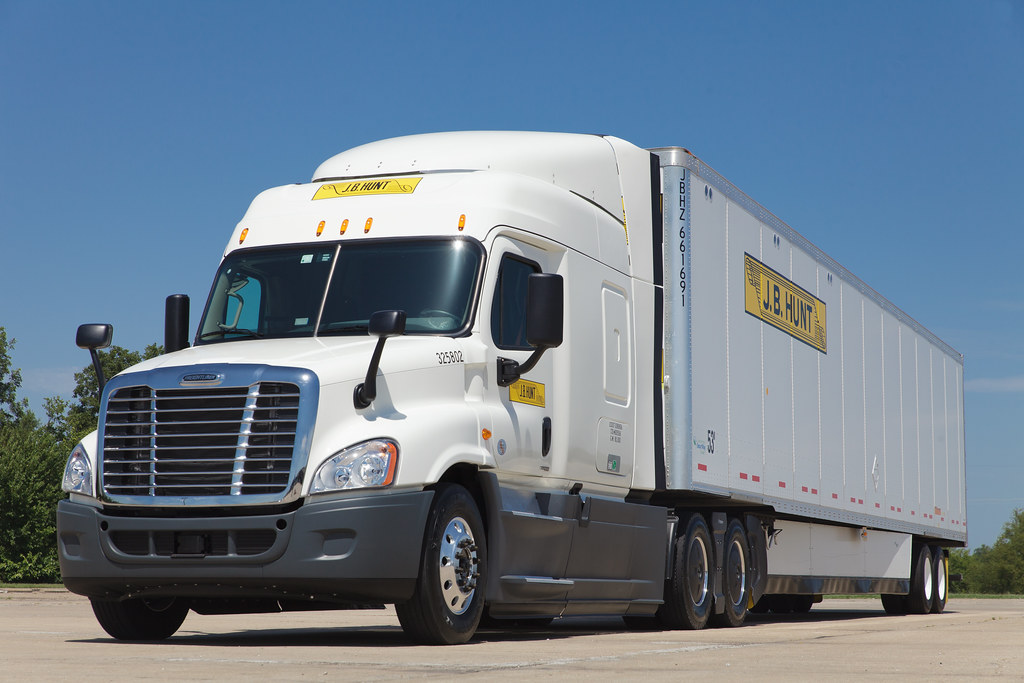Navigating the Highways and Byways: A Comprehensive Guide to Truck Driving Rules in the United States
Truck Driving Rules in the United States
The United States, with its intricate mesh of highways, interstates, and country roads stretching across vast landscapes, heavily relies on trucking for transporting goods from coast to coast. Truck driving, a vital cog in the wheel of the nation's economy, is governed by a set of stringent rules and regulations. Understanding these rules is essential whether you're a seasoned truck driver or embarking on a career in this industry. This blog post will shed light on the fundamental truck driving rules in the United States.
Federal Motor Carrier Safety Administration (FMCSA) Regulations
The trucking industry in the U.S. is regulated by the Federal Motor Carrier Safety Administration (FMCSA), which establishes standards for commercial motor vehicles (CMVs). These regulations encompass crucial aspects such as hours of service, vehicle inspection and maintenance, and cargo securement.
Hours of Service
The FMCSA stipulates hours-of-service regulations to control fatigue among drivers. Drivers are allowed a period of 14 consecutive hours in which to drive up to 11 hours after being off duty for 10 or more consecutive hours. Also, a 30-minute break is mandated when a driver has driven for a period of 8 cumulative hours without at least a 30-minute interruption.
Vehicle Inspection and Maintenance
Truck drivers are required to perform pre-trip and post-trip inspections to ensure their vehicles are in good operating condition. Routine maintenance is a must, and any defects or malfunctions found during inspections must be reported and repaired promptly.
Cargo Securement
The FMCSA has specific rules for cargo securement. Loads must be firmly secured and stabilized to prevent shifting or falling during transit. Any vehicle that fails to meet these standards can be placed out of service.
Commercial Driver's License (CDL) and Training
Driving a truck in the U.S. requires a Commercial Driver's License (CDL). To obtain a CDL, drivers must meet certain medical criteria and pass a series of written and practical tests. Additionally, the FMCSA has proposed a rule requiring specific training (Entry-Level Driver Training ELDT rule) for first-time applicants for a CDL.
Road Rules and Etiquette
Apart from the FMCSA regulations, general traffic rules such as obeying speed limits, traffic signals, and signs, not driving under the influence, and not using handheld devices while driving, also apply. Given the size of commercial vehicles, drivers need to exercise additional caution, maintain a safe following distance, and be mindful of their larger blind spots.
Conclusion
Truck driving in the United States is a significant responsibility with a set of rules and regulations that ensure the safety and efficiency of our roads. Understanding and adhering to these truck driving rules is vital to your safety and that of others sharing the road. As a truck driver, you play a pivotal role in upholding these standards and contributing to a safer, more efficient road transport environment.
For optimized route planning and real-time navigation, consider using tools like TruckDrivingDirections.com. By sharing such resources, we can build a more connected network of drivers and collectively enhance safety and efficiency on American roads.
Remember, safety is a shared responsibility. Stay safe, stay informed, and enjoy your journey across the diverse landscapes of the United States!
